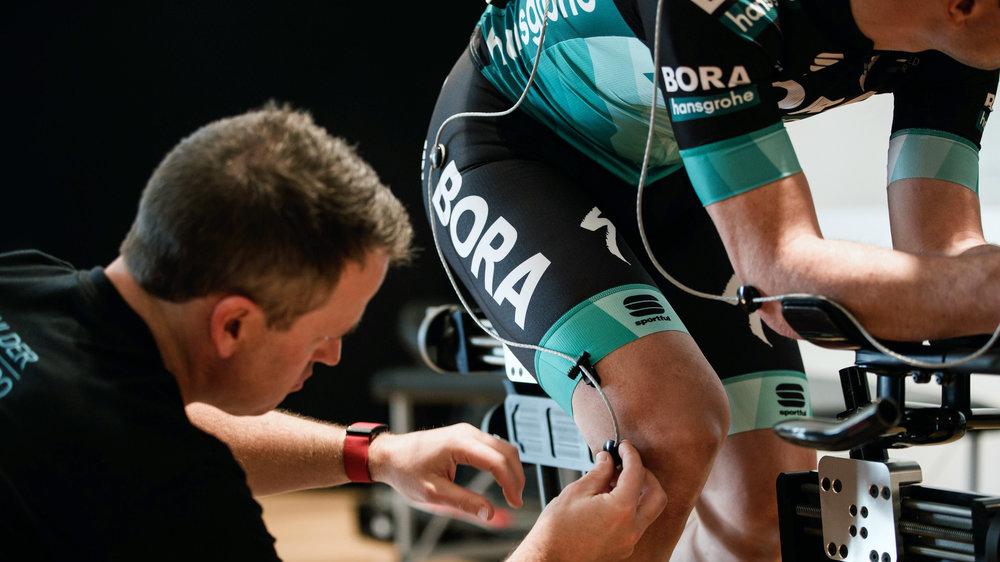Traffic Rules for Cyclists
The saying "rules are meant to be broken" does not apply on the road. Therefore, before getting on your bike, it is worth reviewing the most important traffic rules that will ensure your safety and the safety of other road users.
While every cyclist should be familiar with all traffic rules, the main traffic rules relevant to cyclists are as follows:
-
Requirements for Cyclists
Just as car drivers need a roadworthy car, cyclists need a technically sound bike. This means that you can only go on the road if you have working brakes, lights, and a sound signal. We advise checking other parts of the bike before riding – tire wear and pressure, chain wear, and gear system operation. A well-maintained bike will help ensure that you can focus on the road rather than worrying about the bike or the noises it makes.
Note that a white light should be mounted on the front of the bike and a red light on the back. For the convenience of cyclists, bike lights are often sold in sets of red and white lights. Choose the power of the lights (measured in lumens) based on whether you need to ride on unlit roads and paths. If the answer is "yes," look for front lights with 500 lumens or more.
Although the traffic rules only recommend helmets for cyclists over the age of 18, the cycling community agrees that a helmet is the most essential accessory. We encourage wearing a helmet even for the shortest distances, as helmets can now be matched to any style of clothing.
When participating in traffic, cyclists must signal – hand signals for turns and an upward-raised hand to indicate stopping.
-
Prohibitions for Cyclists
According to current traffic rules, certain restrictions apply to bicycles. It is prohibited to:
- Ride on the road if there are bike paths alongside.
- Ride without holding the handlebars with at least one hand (except when signaling).
- Carry passengers unless there is a special seat.
- Carry, tow, or push loads that obstruct driving.
- Be towed by other vehicles.
- Tow other vehicles, except for bike trailers.
- Hold onto other vehicles while riding.
- Ride on pedestrian crossings.
- Ride on motorways and expressways.
Of course, as with other vehicles, it is not allowed to ride a bike under the influence of alcohol or other substances that can lead to unsafe behavior on the road. Riding under the influence of alcohol carries the same penalties as driving a car under the influence.
Like car drivers, cyclists must follow the right-hand rule. This rule means that when crossing an equal-priority intersection, we must yield to road users approaching from the right. The right-hand rule is especially important when riding on the road.
Riding on the Road with a Bicycle
Additional requirements state that individuals under 14 years old are not allowed to ride on the road. From the age of 12, riding on the road is allowed after passing a special cycling exam, and from the age of 8, only if accompanied by an adult.
One of the most important aspects of road cycling is understanding the blind spots of cars, buses, and trucks. The blind spot is the area around the sides and rear of a vehicle where a cyclist cannot be seen. If a cyclist enters this area, the driver may not notice them and could make a sudden maneuver, such as turning or changing lanes, posing a threat to the cyclist. Therefore, cyclists are advised to avoid overtaking large vehicles closely and to maintain a sufficient distance from the rear of all vehicles.
Another common threat to cyclists is vehicles approaching from behind that do not always pass with a sufficient distance. Situations can occur where cyclists are forced off the road. If you feel this threat, we recommend not making sudden movements and carefully assessing your turning trajectory, as sudden exits onto unpaved shoulders are a common cause of cyclist injuries.
Is a Reflective Vest Mandatory?
Reflective clothing is mandatory only when riding on the road during dark hours. During the day, a reflective vest is needed only if you do not have front and rear lights. However, if you feel safer wearing reflective clothing, you do not have to wait for dark hours. Nowadays, you can also buy stylish bright clothing, such as protective vests, cycling jackets, and special cycling overshoes.
Other Aspects of Safe Riding – Group Riding
Knowing traffic rules is essential, but group riding skills are also useful for safe participation in traffic. If you go for a bike ride with friends, remember to ride in a single file. Maintain an agreed-upon average speed so you don't lose your friends. Those riding at the front of the group should signal planned actions and obstacles ahead, such as indicating which side of an obstacle to pass or where to expect a pothole. It is best to do this both with hand signals and verbally.
Safety-Enhancing Cycling Products
Besides the already mentioned helmets, standard lights, and reflective clothing, there are other devices that can increase your safety on the road.
The most convenient and safest route can be chosen and navigated with a GPS bike computer. Many bike computers also allow you to activate additional safety features, such as emergency calling in case of an accident.
If you ride frequently, additional safety can be provided by a rear light with a radar and camera. This device can warn you of vehicles approaching from behind and record incidents on the road. Check out Garmin rear lights

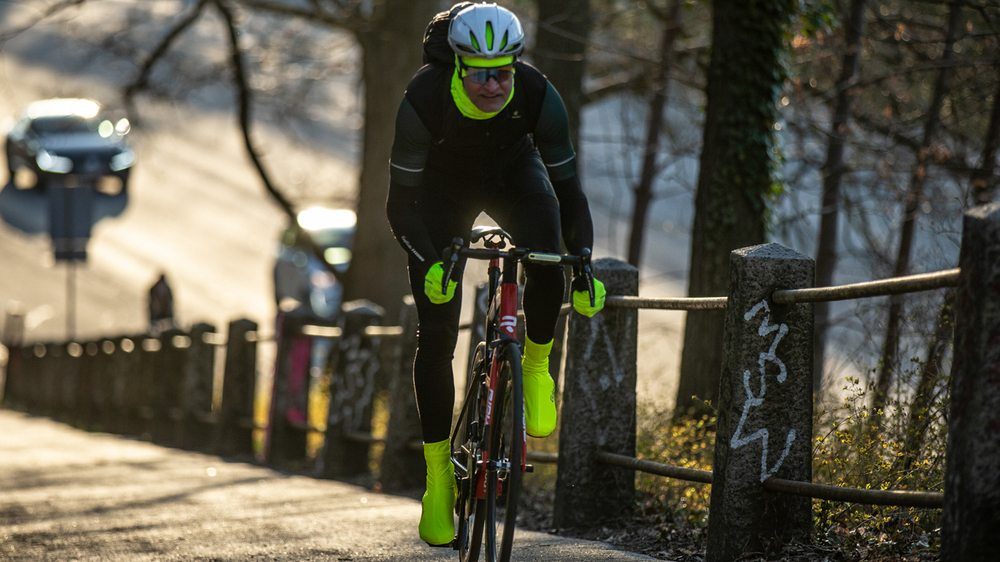

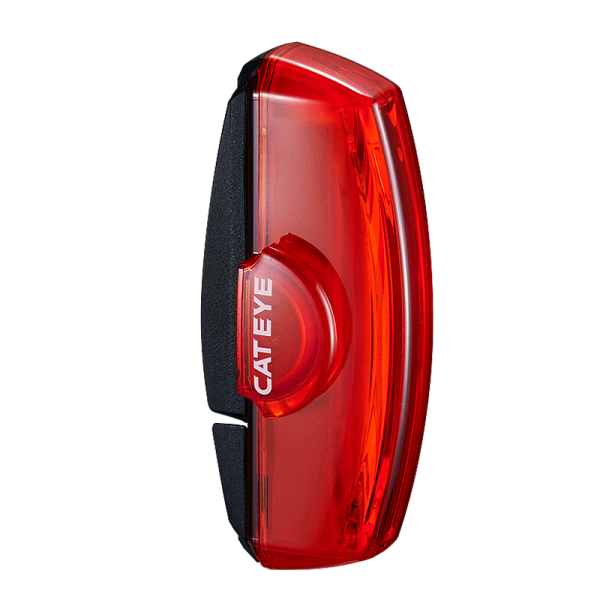
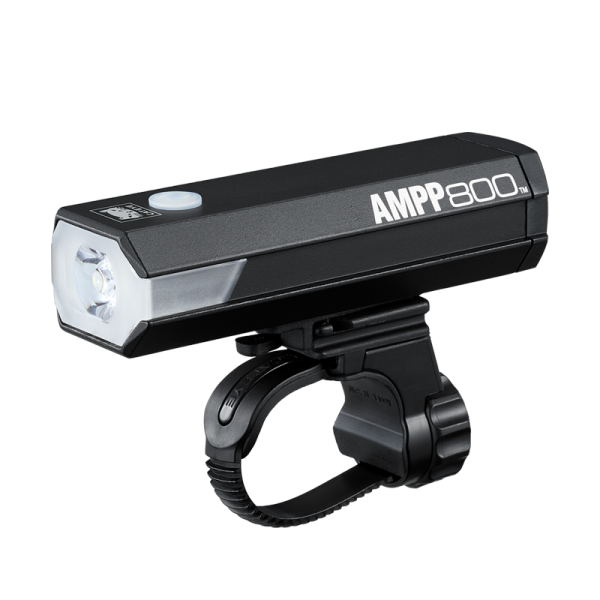
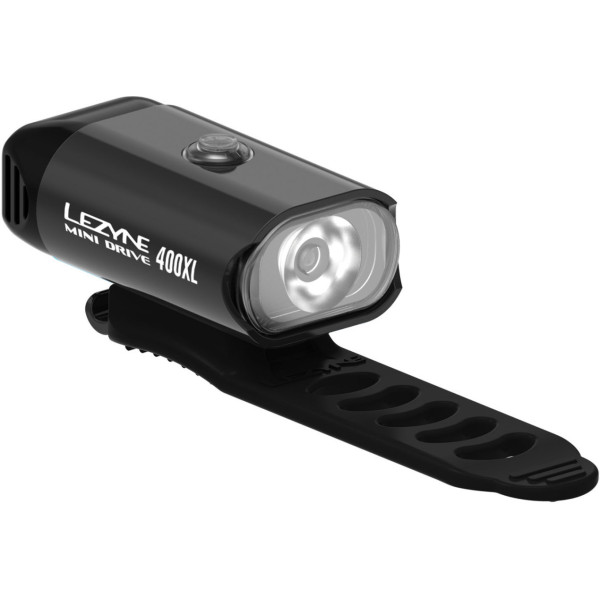
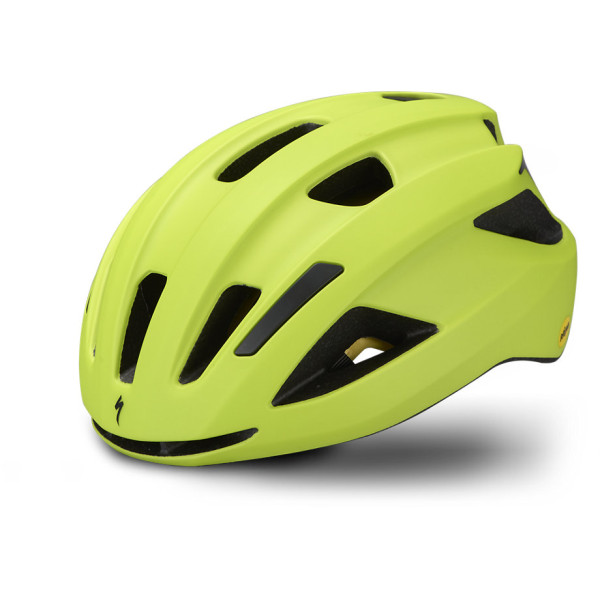
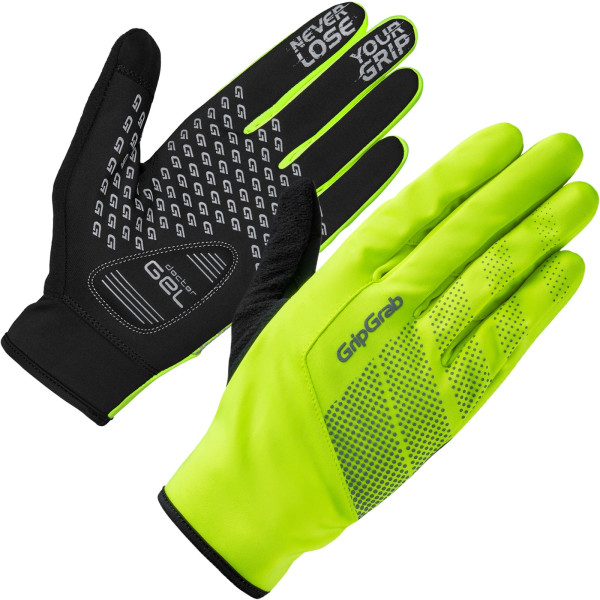
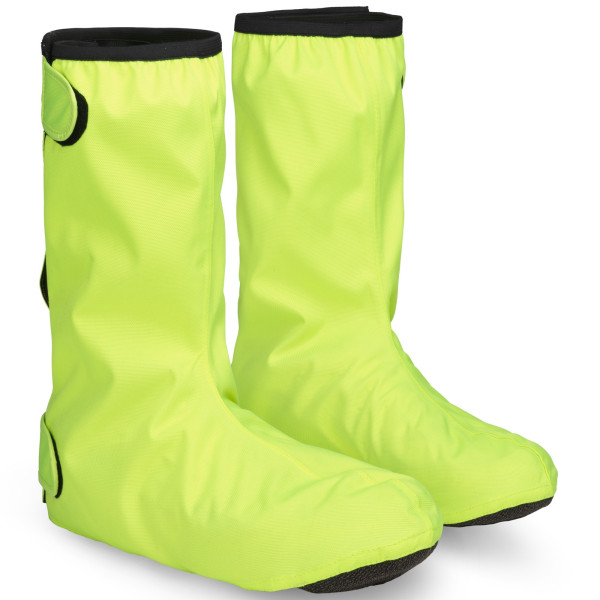
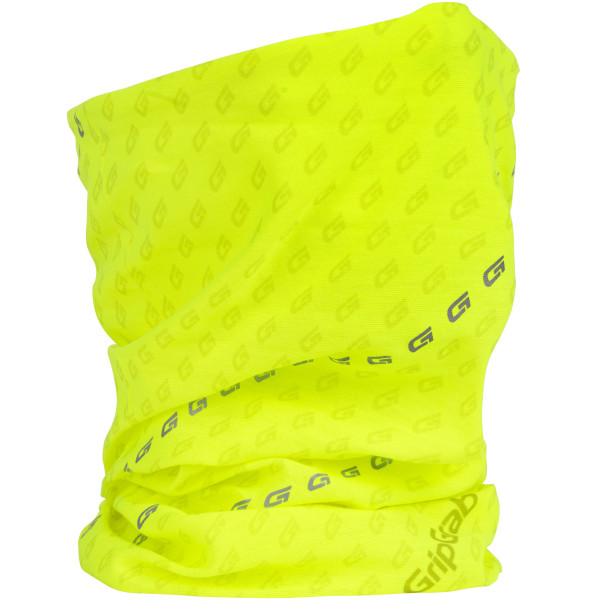
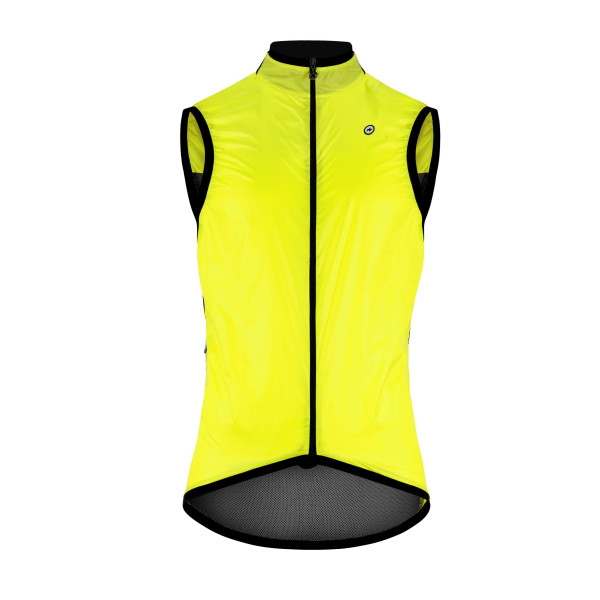
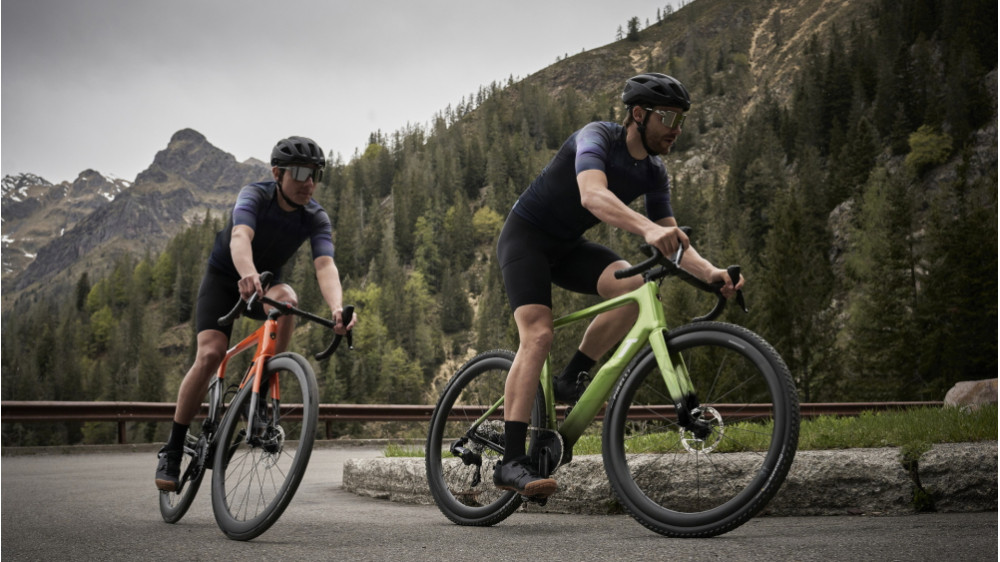
-1000x562.jpg)
